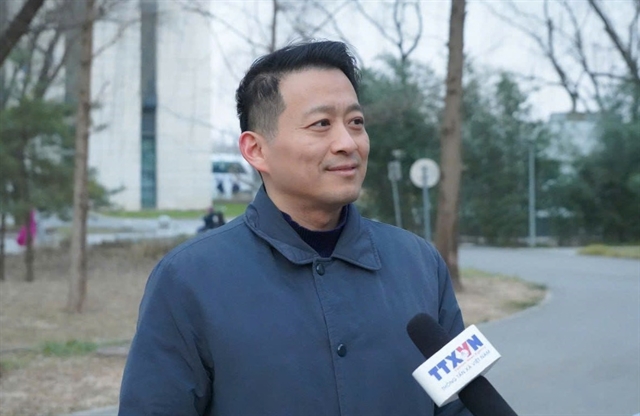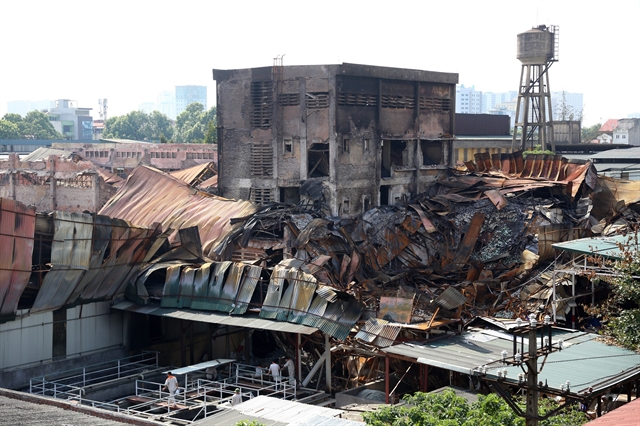 Opinion
Opinion

Architect Đào Ngọc Nghiêm, former director of Hà Nội’s Department of Planning and Architecture, speaks to Cafeland – an online newspaper specialsing in real estate, about the need to remove factories from the inner city after the recent fire at Rạng Đông Light Sources and Vacuum Flask JSC

|
| Rạng Đông Light Sources and Vacuum Flask JSC was seriously damaged after the fire. The company was located near residential houses in Thanh Xuân District. — VNA/VNS Photo Huy Hùng |
Architect Đào Ngọc Nghiêm, former director of Hà Nội’s Department of Planning and Architecture, speaks to Cafeland – an online newspaper specialising in real estate, about the need to remove factories from the inner city after the recent fire at Rạng Đông Light Sources and Vacuum Flask JSC
What do you think about moving factories out of the inner city following the recent fire at the Rạng Đông warehouse in Thanh Xuân District?
The plan to remove industrial establishments that are improperly located out of the inner city was made in 1992 after the city’s general planning was approved.
The removal of these facilities has become an urgent issue.
The city has made new development plans to create conditions for some factories to move their production units out of the inner city while keeping only offices for paperwork.
However, some factories are still operating although they have been assigned new locations. Meanwhile, the relocation of some factories remains slow, even though the State has issued regulations on land compensation for the removal.
Rạng Đông is one among several factories asked for relocation by the municipal authorities but has not been moved. In fact, the company was offered the chance to move the factory to Quế Võ Industrial Park in the northern province of Bắc Ninh in 2006 and in 2015, the firm invested in expanding the factory's total area in the park to 8.2 hectares.
Relocation plans were already made, new positions for these factories were identified and the city issued preferential policies to encourage them to move but the implementation remains slow and ineffective.
What are the main reasons behind this tardiness?
The lack of resources is the key reason. We need funds to move these industrial establishments. Many businesses used this reason to not move to new positions. Others stay because they said they would face difficulties in employment issues as workers will have to move out of the inner city.
Workers of these factories do not want to move to a new place for work. It is not easy for them to move together with the factories.
However, most of the challenges are the awareness of industrial establishments and the lack of determination and close supervision of authorities. The plan to remove industrial factories out of the inner city was made more than 20 years ago and relocation decisions were issued for some factories four to five years ago but were not implemented.
Some factories keep operating, causing environmental pollution while agencies do not employ close supervision over the environmental impacts of these factories. The environmental impact of the fire at the Rạng Đông company is an example.
What measures are needed to implement the city’s plans to relocate factories out of the inner city?
We need a comprehensive direction and guidelines for agencies, factories and industrial production establishments.
The State needs more effective measures to force factories to move as well as have preferential policies and financial support to help businesses build new facilities in new locations.
The amendments of the land law need to take into consideration more regulations on the use of land fund in the inner city. In fact, land set aside for ministries and sectors that are projected to move is less than that of industrial establishments which need to relocate.
Stricter supervision over operation of factories is also needed to prevent environmental pollution. — VNS




